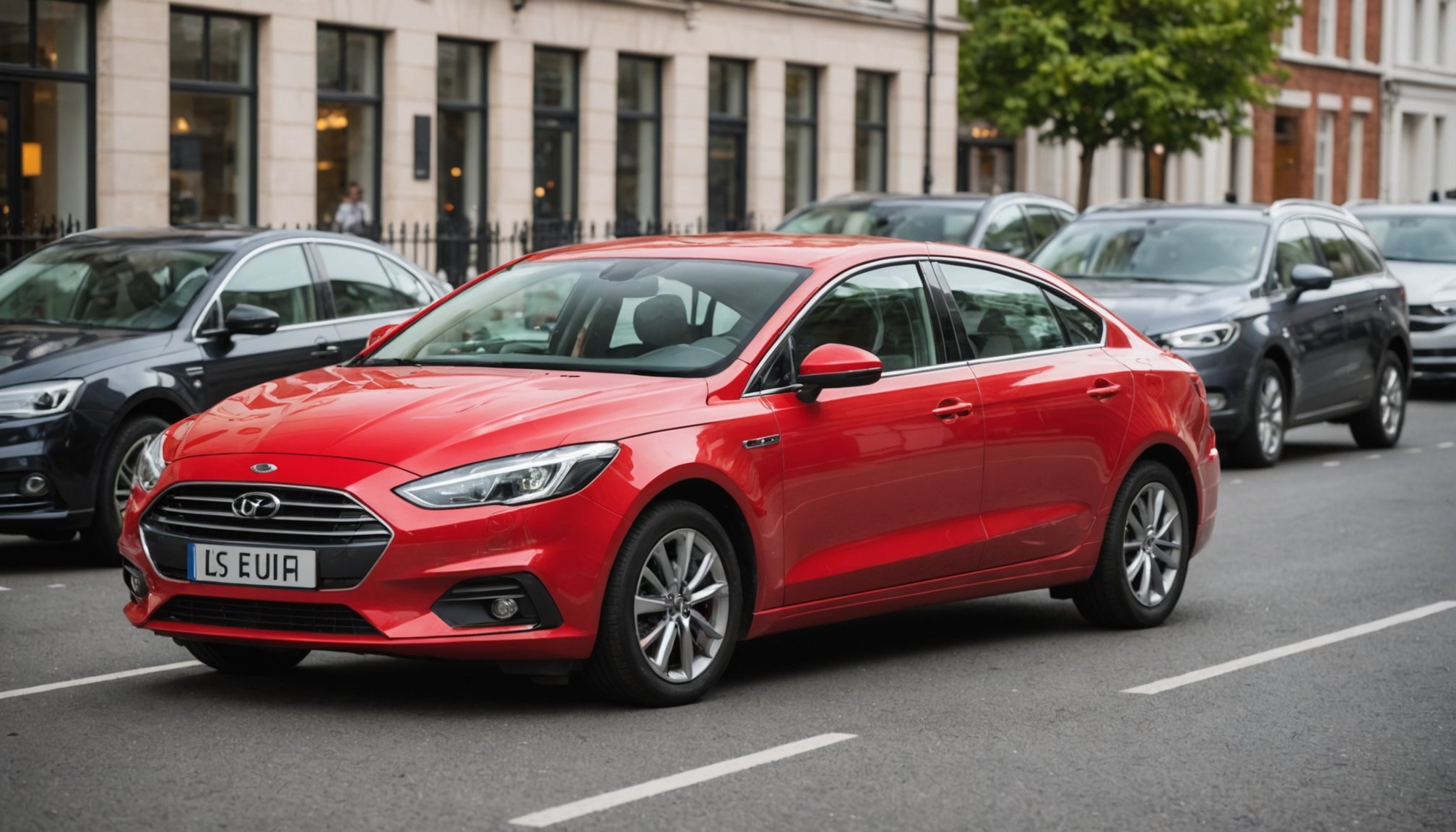Choosing the right insurance coverage for your vehicle can seem daunting, especially with the plethora of options available in the UK market. Whether you are a new driver or a seasoned pro, understanding the ins and outs of car insurance is crucial for your peace of mind on the road. This article will guide you through the essential factors to consider when selecting an insurance policy that best meets your needs, ensuring that you drive with confidence and security.
Understanding Different Types of Insurance Coverage
In the world of vehicle insurance, there are three primary types of coverage you should be aware of: third-party, third-party fire and theft, and comprehensive coverage. Each type offers a different level of protection, catering to various needs and budgets.
In the same genre : How do carpooling and ride-sharing services impact vehicle ownership trends in the UK?
Third-party insurance is the minimum legal requirement for drivers in the UK. This type of coverage protects you against claims made by other drivers for damage to their vehicles or injury to them caused by your driving. However, it does not cover any damage to your own vehicle or personal injuries sustained in an accident.
Third-party fire and theft builds upon this basic coverage by also offering protection if your vehicle is stolen or damaged by fire. While this option is more secure than standard third-party insurance, it still leaves you without coverage for damage to your own vehicle in other scenarios.
Also read : What are the top 5 emerging vehicle technologies that could change the UK automotive market?
On the other hand, comprehensive insurance provides the highest level of coverage. It not only protects you against third-party claims but also covers damage to your own vehicle, no matter who is at fault. This option is particularly beneficial for drivers with higher-value vehicles or those who want complete peace of mind on the road.
When deciding which type of coverage to choose, consider your driving habits, the value of your vehicle, and the potential risks associated with your everyday journeys. Ensure you thoroughly assess the pros and cons of each option to align your coverage with your specific requirements.
Evaluating Your Driving Needs and Risks
Before committing to an insurance policy, reflect on your unique driving needs. Factors such as how often you drive, the type of roads you frequent, and your personal driving history all play significant roles in determining the right coverage for you.
If you are a daily commuter, you might want to consider how the traffic conditions in your area could impact your likelihood of being involved in an accident. Urban areas often have higher traffic volumes, which increases your risk of damage or collisions. Therefore, opting for comprehensive coverage might be the most prudent decision to safeguard against unexpected incidents.
Additionally, consider your driving experience. New drivers or those who have accumulated points on their driving license may face higher premiums due to perceived risk. In such cases, your insurance company may recommend comprehensive coverage to mitigate potential losses from claims.
Another essential aspect to evaluate is the vehicle you drive. If you own a new or high-performance car, it’s vital to protect your investment with adequate coverage. Comprehensive insurance can help cover repair costs or replacement if your vehicle is damaged or stolen.
Furthermore, if you frequently travel abroad or plan to drive in foreign countries, you should be aware of the specific insurance requirements for each location. Some countries mandate additional coverage for liability or offer limited protection with standard UK policies. Researching these needs is essential to ensure you remain compliant and protected while driving internationally.
Understanding Policy Terms and Conditions
Once you have a clearer understanding of your coverage needs, it’s time to delve into the specifics of each insurance policy. Reading the fine print is crucial, as the terms and conditions dictate what is covered and what is not.
Look out for liability limits, which define the maximum amount your insurer will pay for claims against you. If your policy has low liability limits and you are involved in an accident that results in substantial claims, you may have to pay out-of-pocket for the excess amount.
Additionally, pay close attention to any exclusions listed in the policy. Common exclusions include driving under the influence, using your vehicle for racing, or allowing unauthorized drivers to operate your vehicle. Understanding these exclusions can help you avoid situations where your coverage might be compromised.
Moreover, consider the claims process. Some companies provide a straightforward claims process, while others might have hidden complexities. Check reviews and testimonials from other drivers to gauge the efficiency of a provider’s claims handling. A provider with a poor claims record could leave you vulnerable during stressful moments after an accident.
Lastly, investigate any additional benefits that may be included in the policy, such as roadside assistance, a courtesy car, or coverage for personal possessions in the vehicle. These extras can make a significant difference in your overall driving experience and should factor into your decision-making process.
Comparing Insurance Companies and Premiums
With numerous insurance companies vying for your business, taking the time to compare different providers is essential. Each company may offer varying premiums and coverage options, so finding the best fit for your needs requires thorough research.
Start by gathering quotes from multiple insurance providers. Many companies offer online tools to simplify this process, enabling you to input key information about your vehicle and driving habits. Be mindful that the cheapest policy isn’t always the best choice; consider the coverage options and customer service reputation alongside the premium.
Look for posts or online communities where current or previous policyholders share their experiences with various insurance companies. These insights can provide valuable information about the reliability and quality of service you can expect.
Additionally, check if the provider has discounts available. Many companies offer reduced rates for various reasons, such as a no-claims discount, multi-car discounts, or membership in certain organizations. Understanding these potential savings can help you make a more informed decision.
Lastly, don’t hesitate to consult with an insurance broker or agent. They can provide tailored advice based on your unique situation and help you navigate the complexities of the insurance landscape. Brokers often have access to a broader range of options and may be able to negotiate better terms on your behalf.
In conclusion, choosing the right insurance coverage for your vehicle in the UK is a multifaceted process that requires careful consideration. By understanding the different types of coverage, evaluating your driving needs, and comparing various insurance companies, you can make an informed decision that aligns with your circumstances. Remember to thoroughly review the terms and conditions of any policy you consider, ensuring that it provides the necessary protection against potential risks. With the right coverage, you can enjoy your driving experience with the confidence that you are protected, no matter where the road takes you.











